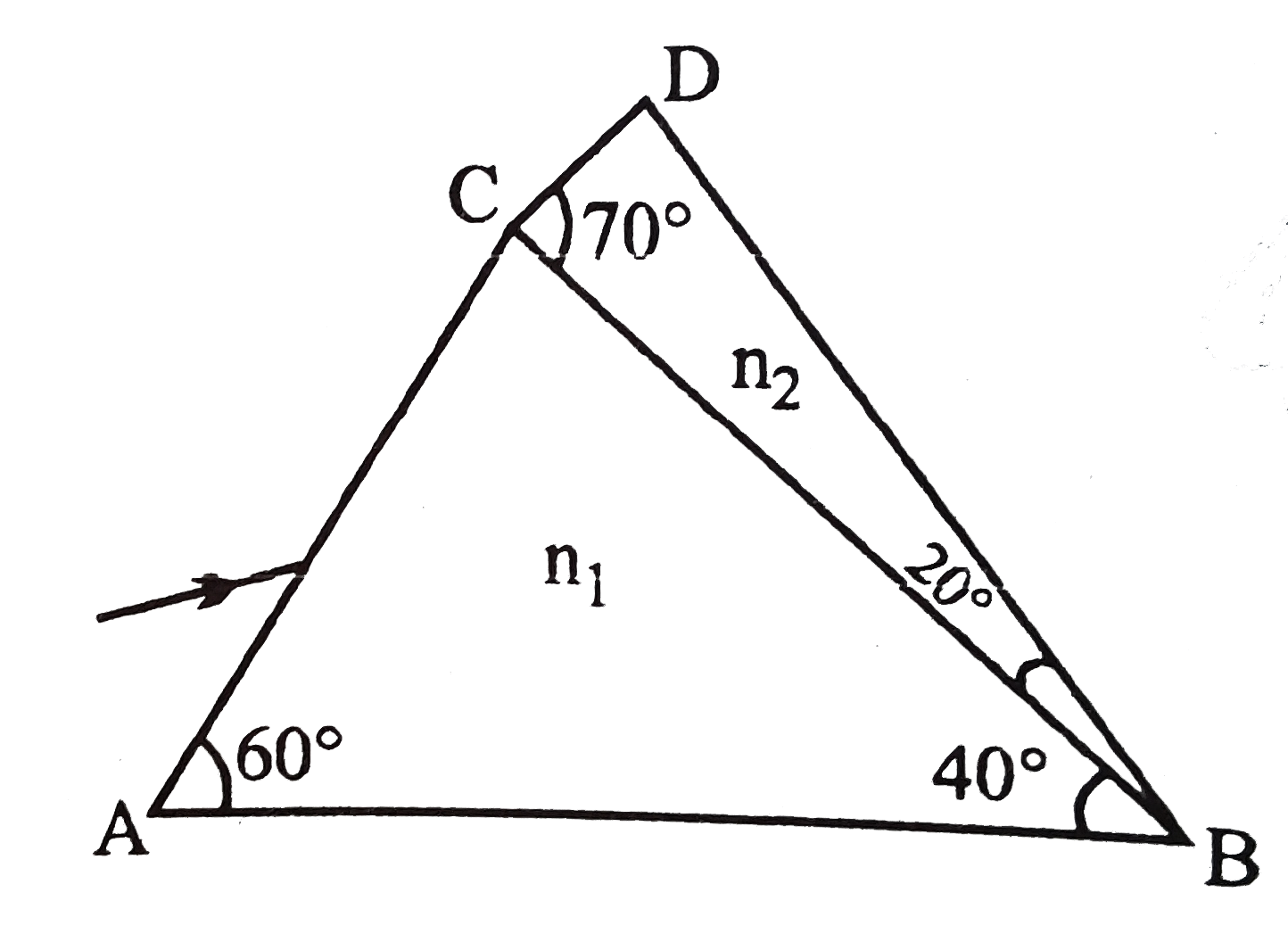The time period of revolution of moon around the earth is 28 days and radius of its orbit is 4×105 km. If G=6.67×10−11Nm2/kg2 then find the mass of the earth.Solution in Gujrati
The correct Answer is:6.47×1024 kg
Step by step video & image solution for The time period of revolution of moon around the earth is 28 days and radius of its orbit is 4xx10^(5) km. If G=6.67xx10^(-11) Nm^(2)//kg^(2) then find the mass of the earth. by Physics experts to help you in doubts & scoring excellent marks in Class 12 exams.
Updated on:21/07/2023Topper's Solved these Questions
- GRAVITATIONBOOK - ALLEN CHAPTER - GRAVITATIONEXERCISE - EXERCISE 1
96 Videos
- GRAVITATIONBOOK - ALLEN CHAPTER - GRAVITATIONEXERCISE - EXERCISE 2
26 Videos
- GRAVITATIONBOOK - ALLEN CHAPTER - GRAVITATIONEXERCISE - BOX-3
8 Videos
- GEOMETRICAL OPTICSBOOK - ALLEN CHAPTER - GEOMETRICAL OPTICSEXERCISE - subjective
14 Videos
- KINEMATICS-2DBOOK - ALLEN CHAPTER - KINEMATICS-2DEXERCISE - Exercise (O-2)
47 Videos
Similar Questions
Newton's law of gravitation :
View SolutionTwo satellites of earth S1 and S2 are moving in the same orbit. The mass of S1 is four times the mass of S2. Which one of the following statements is true?
View SolutionIf the gravitational acceleration at surface of earth is g, then increase in potential energy in lifting an object mass m to a height equal to the radius R of earth will be-
View SolutionA prism of refractive index n1 & another prism of reactive index n2 are stuck together without a gap as shown in the figure.The angle of the prisms are as shown. n1&n2depend onλ,the wavelength of light according to n1=1.20+10.8×104λ2&n2=1.45+1.80×104λ2 where λ is in nm.

(i)Calculate the wavelength λ0for which rays incident at any angle on the interfaceBCpass through without bending at that interface.
(ii) for light of wavelength λ0,find the angle of incidencei on faceACsuch that the deviation produced by the combination of prism is minimum.
View SolutionA particle is moving in xy-plane .At certain instant the components of its velocity and acceleration are as follows ux=3m/s,uy=4m/s,ax=2m/s2anday=1m/s2. The rate of change of speed at this moment is
View SolutionAn artificial satellite revolves round the earth at a height of 1000km. The radius of the earth is 6.38×103km. Mass of the earth 6×1024kg,G=6.67×10−11Nm2kg−2. Find the orbital speed and period of revolution of the satellite.
View SolutionYou are given the following data :g=9.81ms−2, radius of earth =6.37×106m the distance the Moon from the earth =3.84×108m and the time period of the Moon's revolution =27.3days. Obtain the mass of the earth in two different ways. G=6.67×10−11Nm2kg2.
View SolutionThe mass of the earth is 6xx10^(24)kg and that of the moon is 7.4xx10^(22)kg . The potential energy of the system is -7.79xx10^(28)J . The mean distance between the earth and moon is (G=6.67xx10^(-11)Nm^(2)kg^(-2))
View SolutionA satellite revolves around the earth at a height of 1000 km. The radius of the earth is 6.38 xx 10^(3) km. Mass of the earth is 6xx10^(24)kg and G=6.67xx10^(-14)"N-m"^(2)kg^(-2) . Determine its orbital velocity and period of revolution.
View SolutionA satellite of mass 2000 kg is revolving around the earth in a circular orbit of radius 4×104 km. The gravitational force exerted by the satellite on the earth is ________. [Mass of the earth =6×1024kg,G=6.67×10−11Nm2/kg2]
View Solutionचंद्रमा पृथ्वी के चारों ओर 27.3 दिनों में परिक्रमा करती है । यदि वृत्तीय कक्ष की त्रिज्या 3.9×105 किमी हो , तो पृथ्वी के द्रव्यमान की गणना कीजिए । (G=6.67xx10^(-11)" न्यूटन मीटर"^(2)" प्रति किग्रा"^(2))|
View SolutionThe mean orbital radius of the earth around the sun is 1.5xx10^(8) km. Calculate mass of the sun if G=6.67xx10^(-11)Nm^2"/"kg^(-2) ?
View SolutionThe mean orbital radius of the earth around the sun is 1.5×108km. Calculate the mass of the sun if G=6.67×10−11N⋅m2⋅kg−2.
View SolutionAn artificial satellite circles around the earth at a height of 2,200 km. Calculate its orbital velocity and period of revolution. Take,
Radius of earth =6.37×103km
Mass of earth =6×1024kg
G=6.67×10−11Nm2kg−2
View SolutionYou are given the following data :g=9.81ms−2, radius of earth =6.37×106m the distance the Moon from the earth =3.84×108m and the time period of the Moon's revolution =27.3days. Obtain the mass of the earth in two different ways. G=6.67×10−11Nm2kg2.
View Solutionचन्द्रमा का पृथ्वी के चारों ओर परिक्रमण का 28 दिन तथा कक्षा की त्रिज्या 4×105 किमी है। यदि G=6.67×10−11N−m2/kg2 है,तो पृथ्वी के द्रव्यमान की गणना कीजिए
View Solution
